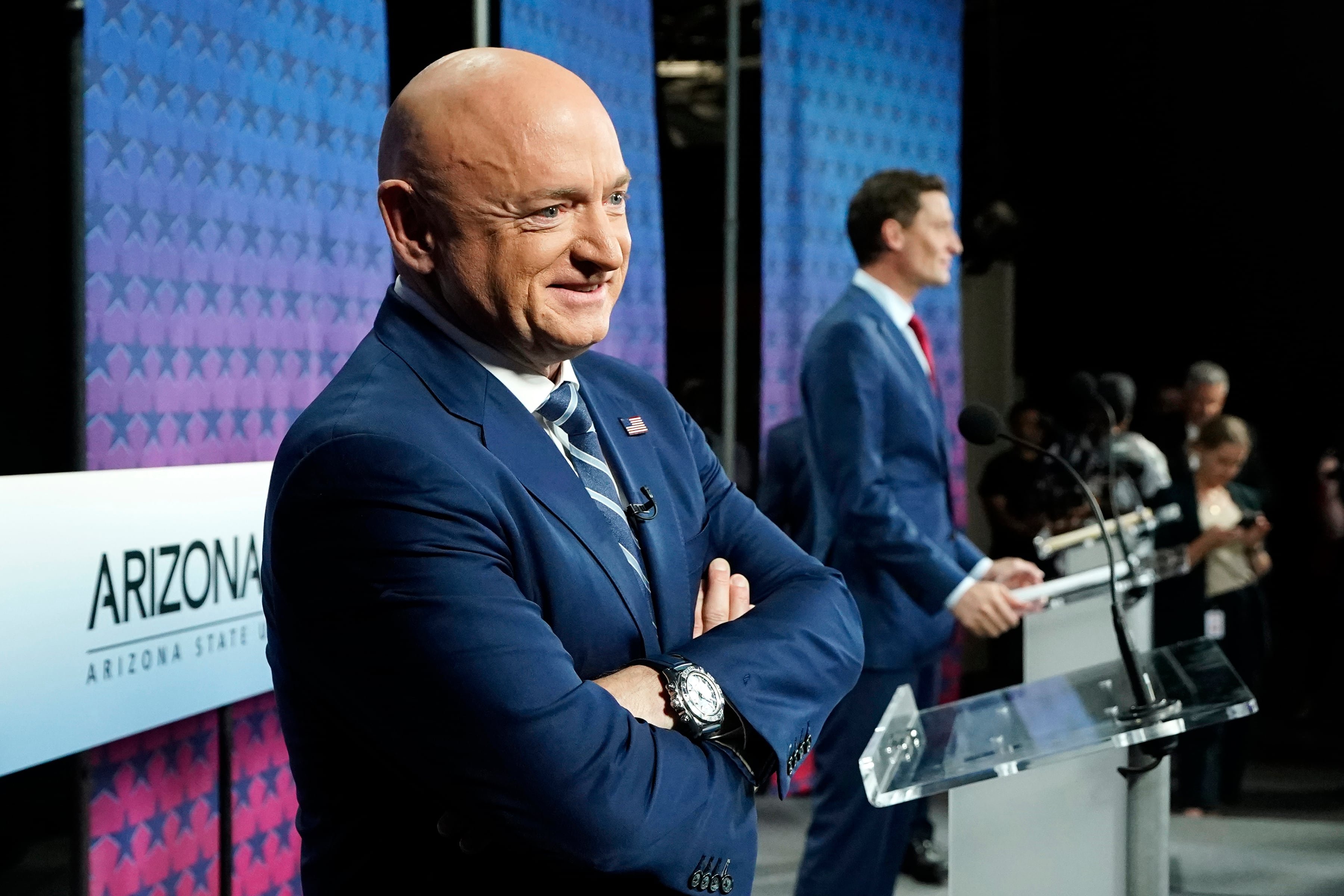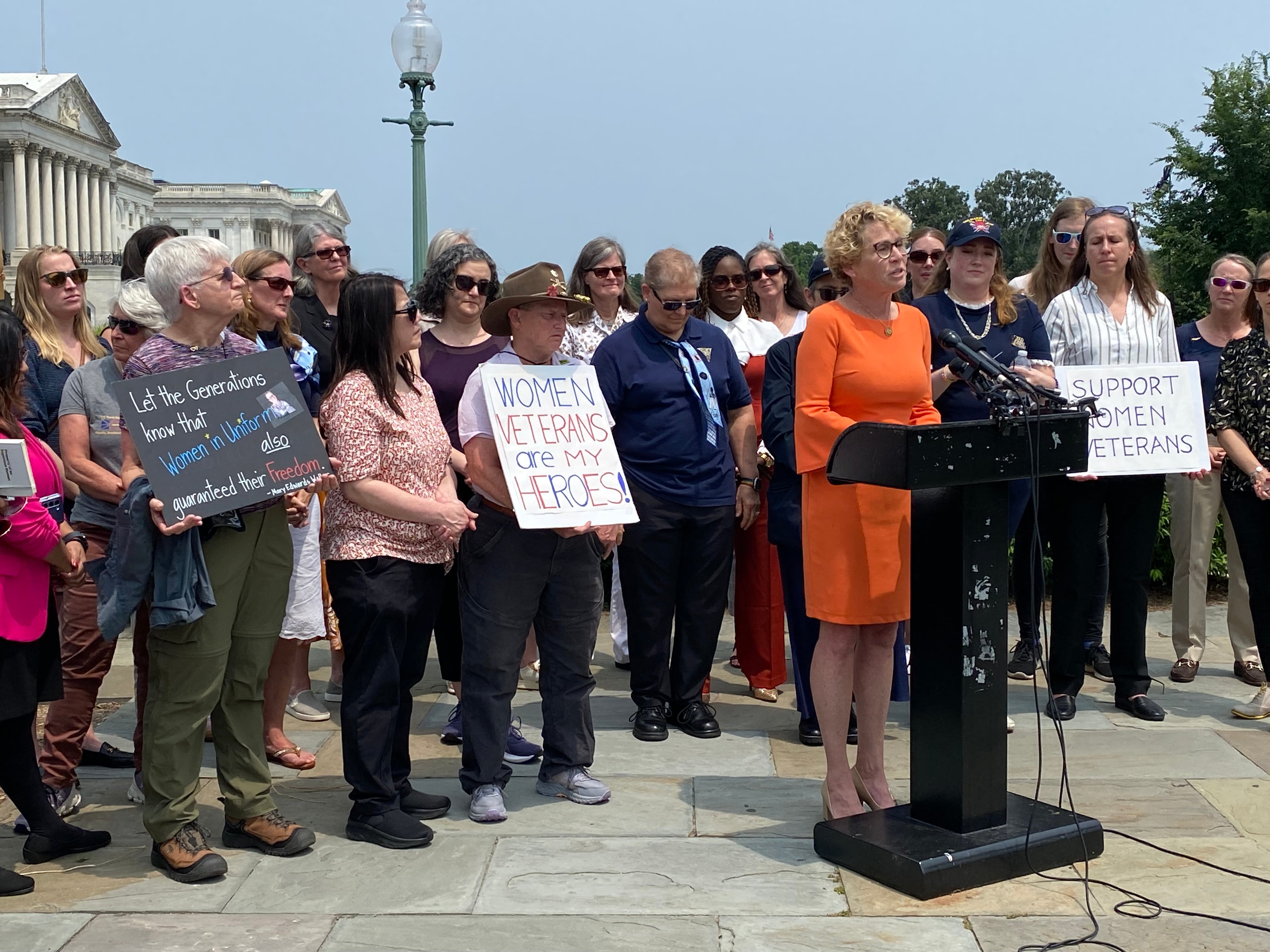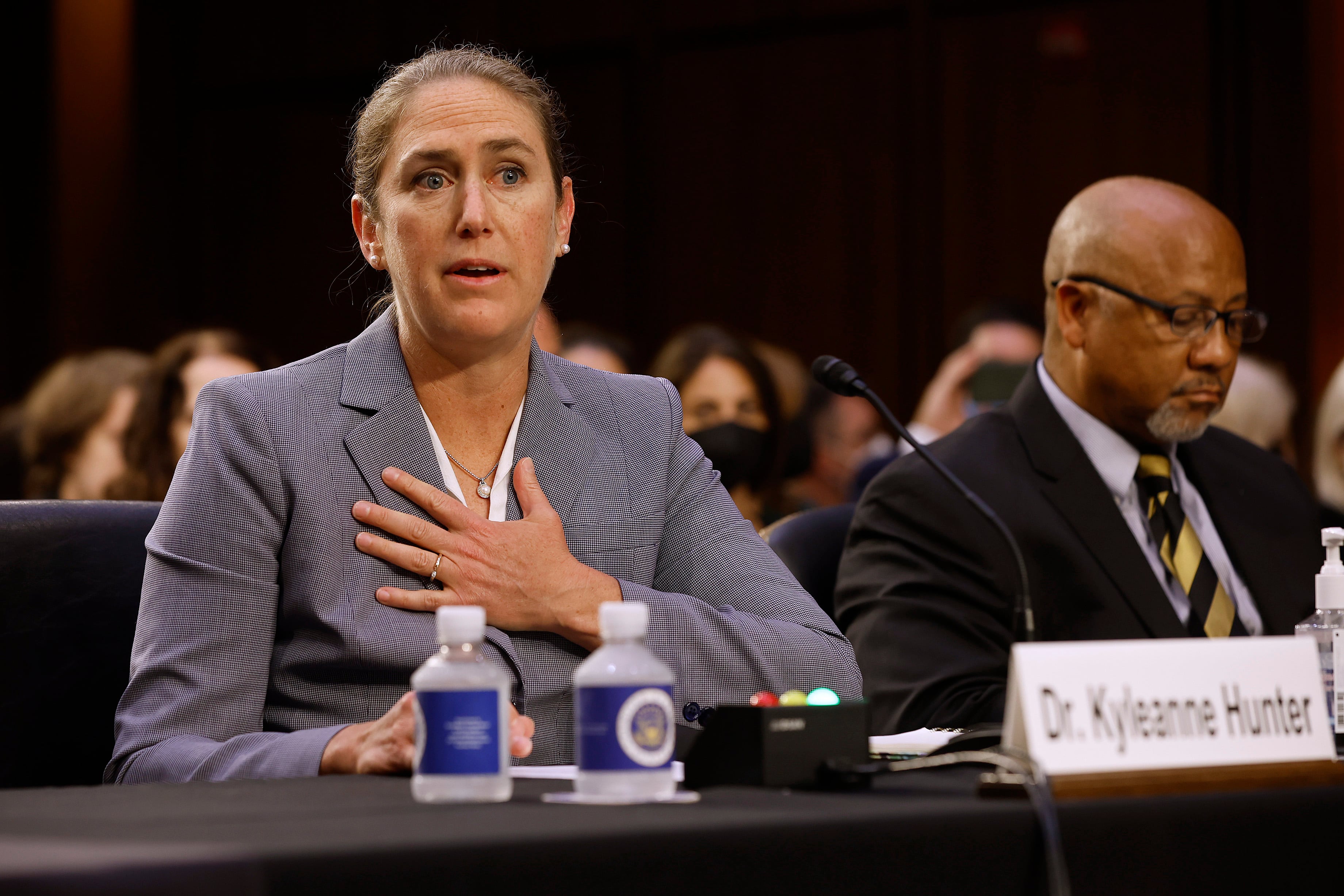Nearly 200 veterans won major-party primaries this year and will vie for a seat in Congress in the midterm elections, making this the largest field of candidates with military experience in a decade.
But experts warn that the larger pool will not necessarily lead to an increase in the number of veterans in office, since many of the hopefuls are in districts that significantly favor their opponents’ party.
“We definitely are seeing more veterans getting involved in congressional races,” said Seth Lynn, executive director of the Veterans Campaign, which tracks veterans’ involvement in politics and helps advise members of the military community on careers in public office. “But many are still finding themselves in districts that just aren’t winnable.”
According to research by Veterans Campaign and Military Times, 184 House candidates with military experience won major party primaries earlier this year and will appear on state ballots in November. Another 12 candidates with military experience who won U.S. Senate primaries will also be listed.
The 196 candidates represent an increase of about 7% from the 2020 election and the highest total since 2012.
RELATED
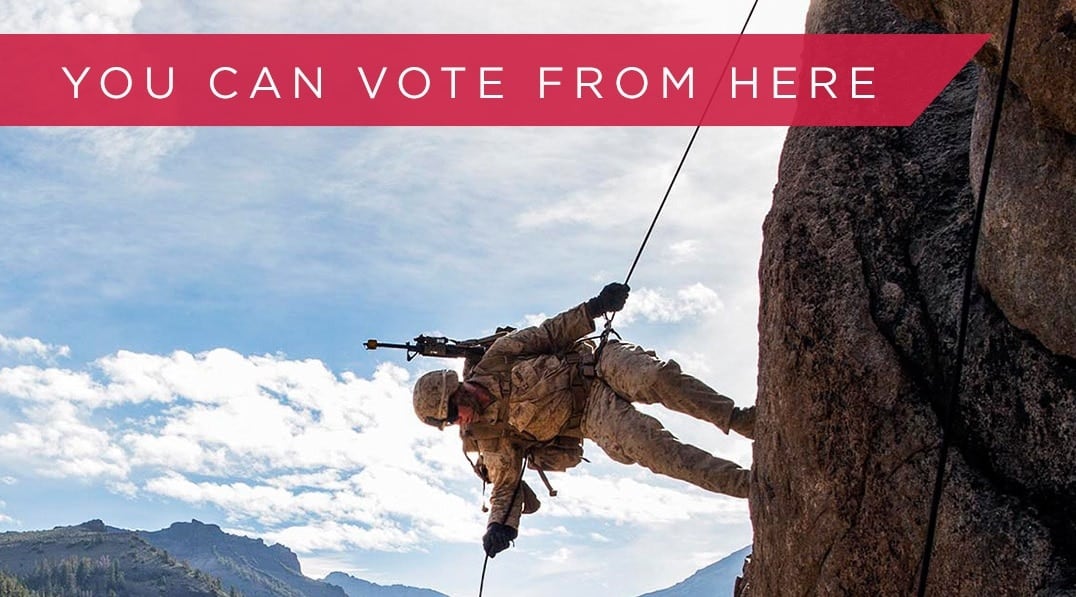
But it is still a significant drop-off from the pre-Sept. 11 era, when the number of veteran candidates — and veteran election winners — was significantly higher.
The field for the 2000 congressional election boasted 218 candidates with military experience in the House alone. In 1997, 197 veterans served in the House and Senate.
Since the start of the 93rd Congress in 1973, when 401 lawmakers (about 75% of the House and Senate) had some type of military experience on their resumes, the number of veterans in Congress has declined steadily.
At the start of the 117th Congress in January 2020, the total dropped to just 91 veterans, the lowest level since at least World War II.
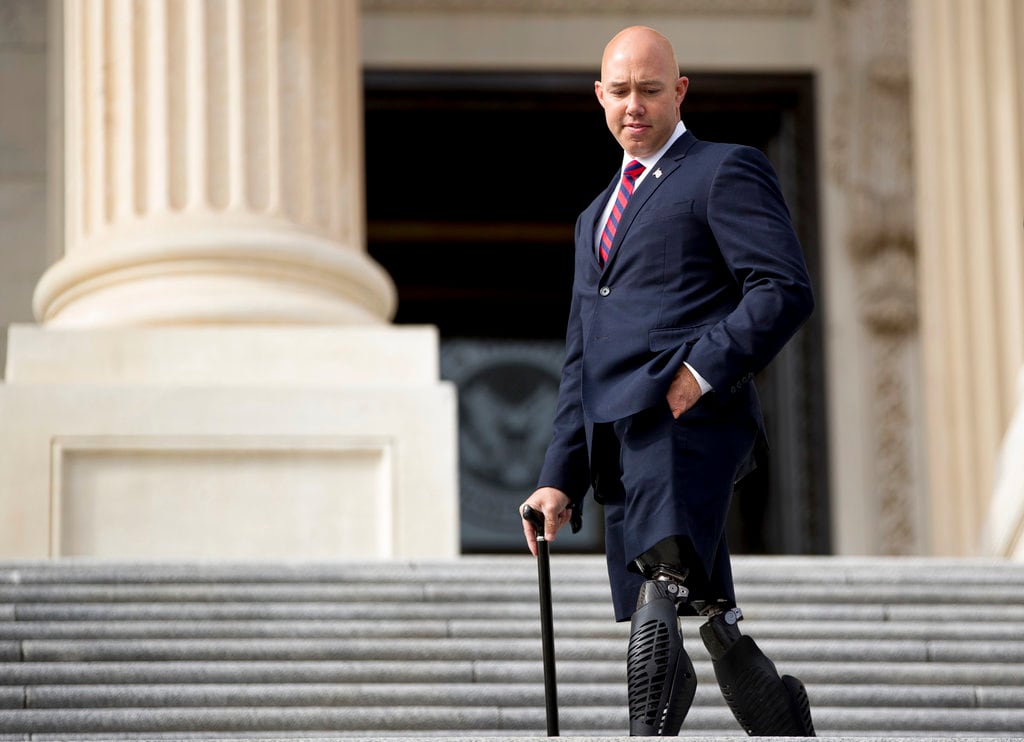
A large part of that is attributable to demographics, Lynn said. As the Vietnam War wound down and the military shifted to an all-volunteer force, the number of veterans in America decreased.
In 1980, about one in every eight American citizens had served in the military, according to the U.S. Census Bureau. By 2020, that figure was closer to one in every 17 American citizens.
But the wars in Iraq and Afghanistan led to an increase in the number of young veterans in America over the last two decades. Of the 194 running this year, 58 (about 30%) began their military service after Jan. 1, 2000.
Lynn said those candidates — many with combat experience in the recent wars — are now becoming the face of veterans involved in politics on the national level
Veterans’ political split
Of the current veteran candidates, 126 are running as Republicans while 66 are running as Democrats.
Two other candidates with military experience — Libertarian Chris Bye (running for Alaska’s House seat) and the Green Party’s Michael Earnest Kerr (running in California’s 10th congressional district) — won enough votes in open primaries to qualify for the general election.
The Democratic/GOP split is on par with recent trends. In the last 12 years, Republicans have made up more than 60% of the veterans running for Congress every election except for 2014 (when they were 57% of the total).
Grant Reeher, director of the Campbell Public Affairs Institute at Syracuse University, said both parties have prized veterans as candidates over the years because of the public’s trust in the military and their perceived expertise on foreign policy and government operations.
“And veterans lean more heavily towards Republicans than Democrats, relative to the rest of the population,” he said. “So it is tougher for Democrats to find veteran candidates. But in some ways, they’re recruiting veterans even harder than the Republicans are.”
RELATED
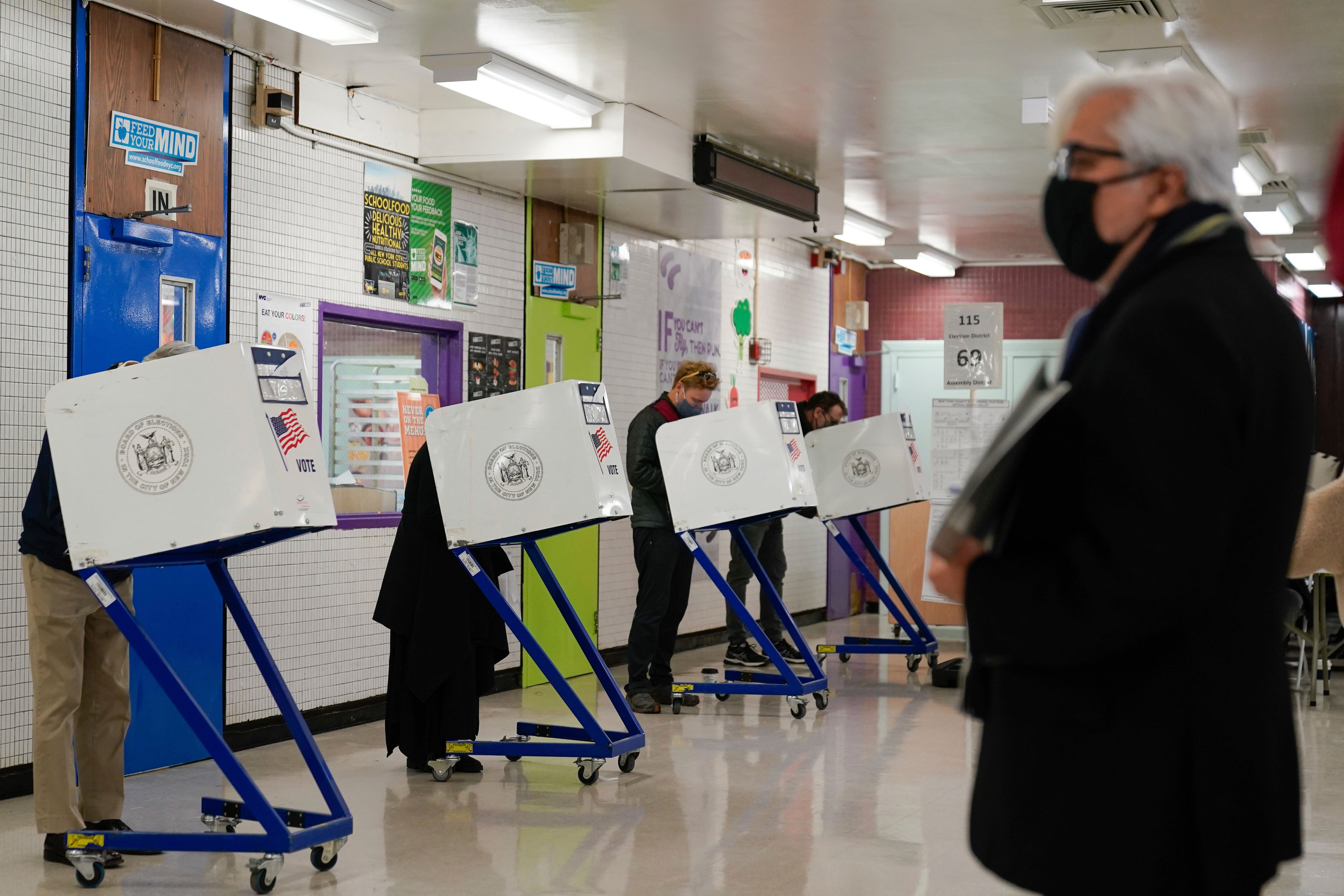
Jon Solz, chairman of VoteVets, which supports progressive veteran candidates (and has backed 32 of the Democratic veterans running for national office this cycle), said the Democratic candidates on the campaign trail this fall are touting their military experience as a springboard to discuss other hot-button topics.
“They served overseas to protect your rights, so now they’re also fighting for your rights at home,” he said. “So they’re talking about abortion rights, they’re talking about Jan. 6 and protecting our democracy.”
Bob Carey, executive director of The National Defense Political Action Committee, which is dedicated to electing veterans who “share the traditional American values,” said the Republican veterans his group has worked with are emphasizing their ability to work with individuals from different backgrounds to complete a mission.
“I see within most of the veteran candidates a desire to work hard, to reach out and work with folks on the other side of the aisle,” he said. “They’ll fight like cats and dogs, but still go out drinking with the other side afterwards.”
This year’s field of veteran candidates features 17 women. That’s down from two years ago, when 24 women veterans appeared on the ballot, but still well above the average of only six women veteran candidates from 2000 to 2018.
Of that group, nine of the female candidates are Democrats, and eight are Republicans.
Based on the Cook Political Report ratings of all congressional and Senate districts, 70 of the 195 veterans are running in districts where they are expected to win. Another 30 are in toss-up election fights, so recent polling and voting trends mean a victory is possible.
But 96 veterans — or about 49% of the veterans candidate field this year — are running in districts where they have little to no chance of winning. Lynn said reality caps how high the number of veterans serving in Congress next year can possibly rise.
For a list of all the veteran candidates running for Congress this year, click here.
Leo covers Congress, Veterans Affairs and the White House for Military Times. He has covered Washington, D.C. since 2004, focusing on military personnel and veterans policies. His work has earned numerous honors, including a 2009 Polk award, a 2010 National Headliner Award, the IAVA Leadership in Journalism award and the VFW News Media award.
